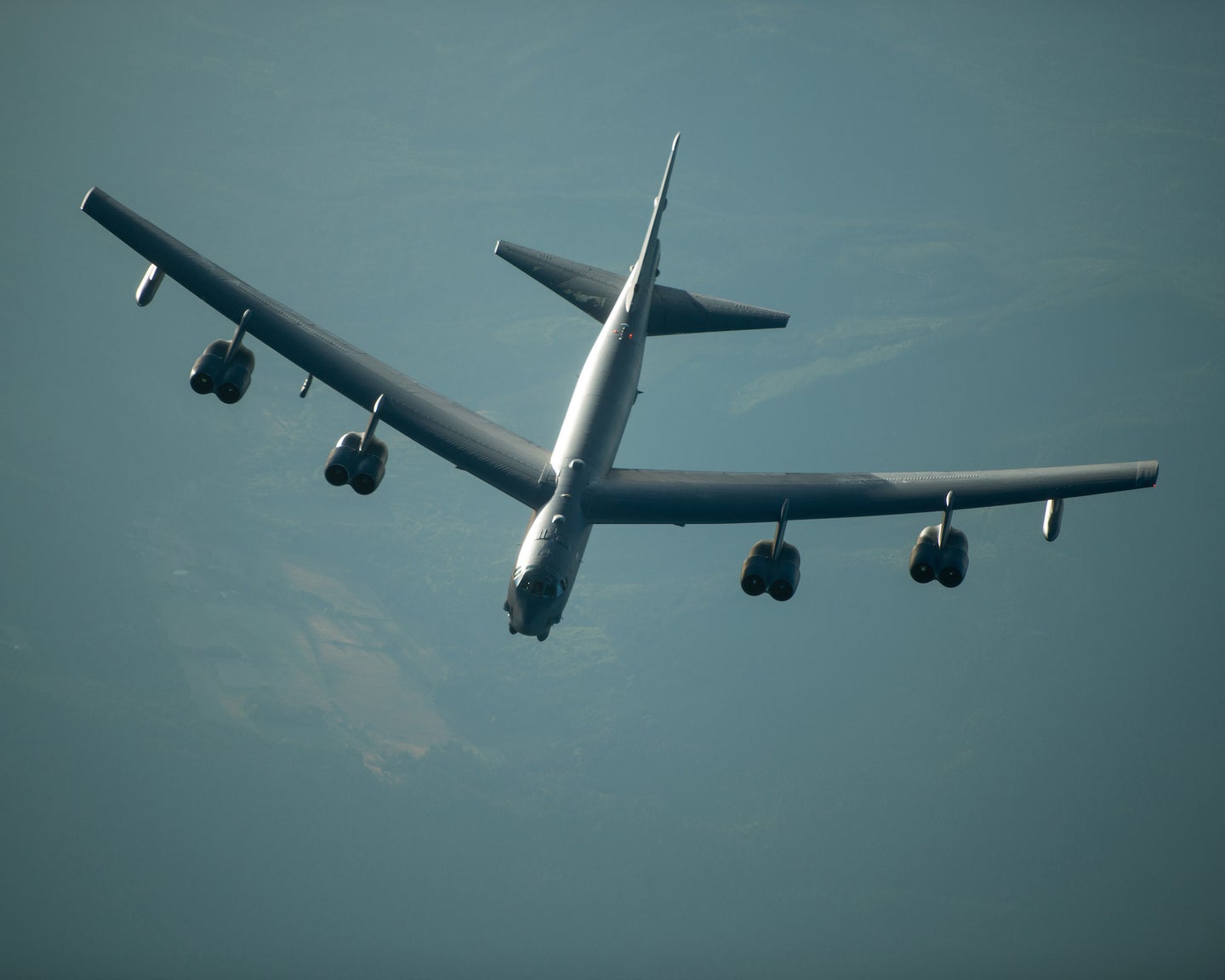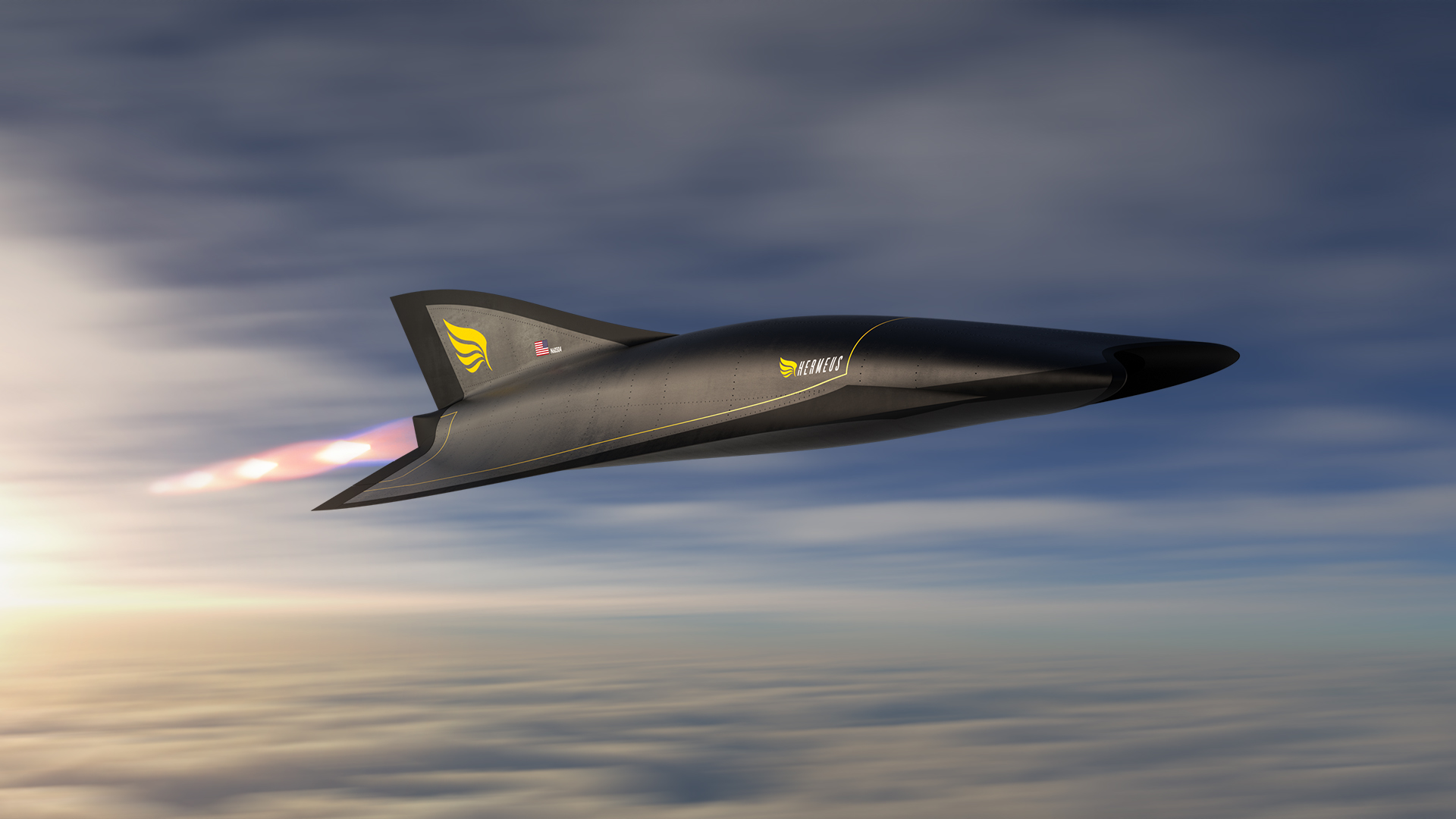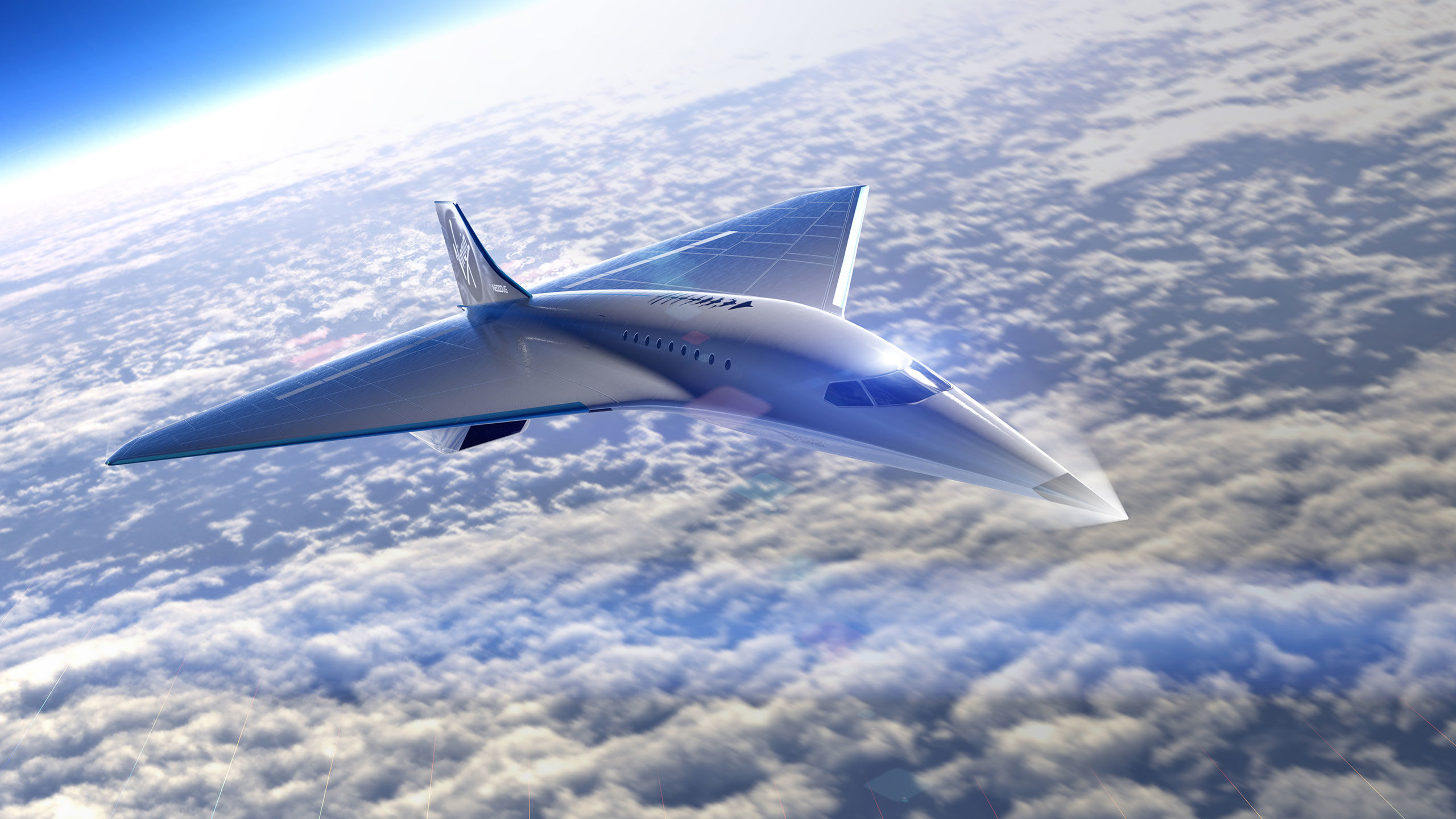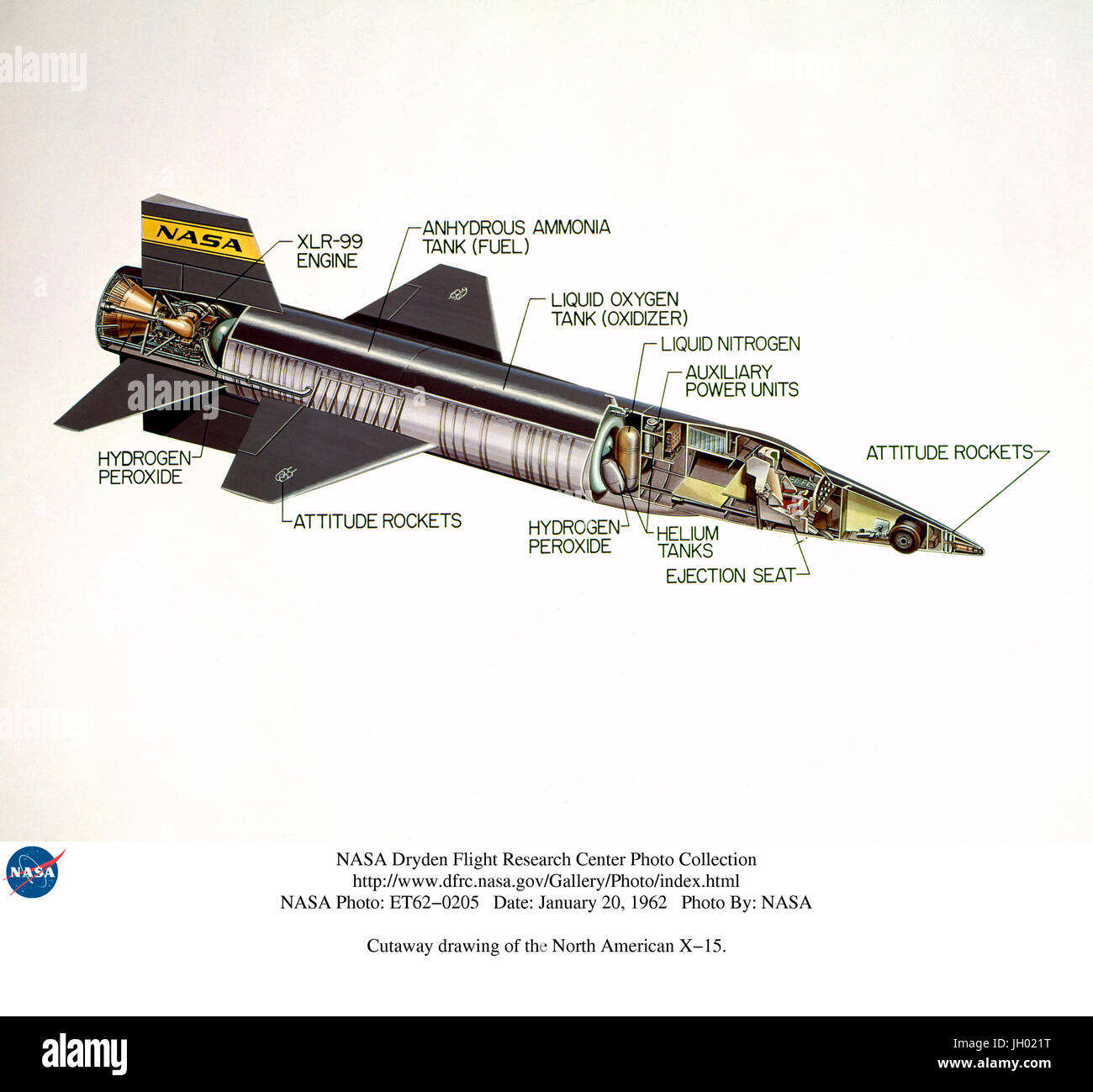Mach 5 Aviation - Photo: Hermus Hermus plans to build a demonstration vehicle within the next five years, and envisions commercial flights in a decade, co-founder and COO Skyler Shuford said in 2019.
Aviation company Hermes announced on Thursday a contract with the US Air Force and the Presidential and Executive Airlift Directorate to develop a hypersonic aircraft for the presidential fleet.
Mach 5 Aviation

While the next Air Force One, a modified 747-8, will be delivered by Boeing next year, the Hermes contract looks to its eventual replacement.
A Successful Hypersonic Weapon Test From The Air Force
Hermus said the contract was won after it designed, built and successfully tested a prototype engine that could propel an airplane to Mach 5, or five times the speed of sound — about 3,300 mph. Mach 5 represents the definition between supersonic and hypersonic speeds.
Hermes plans to build a demonstration vehicle within the next five years, and envisions commercial flights in about a decade, its co-founder and chief operating officer Skyler Shuford said in 2019. A press release announcing the Air Force contract is part of the plan . Focus on integrating Air Force requirements into aircraft designs.
Hermes emerged last year by announcing plans to develop a Mach 5 plane that can fly from New York to Paris in about 90 minutes. Ars Technica reported in May 2019 that the company had raised an initial round of funding led by Khosla Ventures, which was used to develop the prototype. Hermes said a turbine-based compound cycle engine will be used for the propulsion system.
Photo: Hermeus said the engine prototype could be designed, built and tested in just nine months. Source: Hermes
Mach 5 (radio Edit) By K. Dilenco On Beatport
At the time, Hermus said, the plan was to use existing technology and materials to achieve hypersonic travel.
"We can fly a car that fast with today's technology," co-founder and chief technology officer Glenn Case said in a video published this spring.
"We're not getting into anything too great," Shuford told Ars Technica last year. "We want to do engineering, not science." In the nearly two decades since Concorde's retirement, interest in supersonic travel has grown, and several superfast aircraft have been developed. Airlines seem enthusiastic: United has already committed to offering supersonic routes as early as 2029.

But what about hypersonic travel at Mach 5 – five times the speed of sound – and beyond? A flight from New York to London takes just 90 minutes, compared to about three hours for Concorde and six to seven hours for a regular passenger jet.
Hermeus Passes New Hypersonic Testing Milestone With 3d Printed Mach 5 Chimera Engine
Hermus, an Atlanta-based startup whose mission is to develop hypersonic aircraft, believes so. It is already testing a new type of engine that it says could eventually reach Mach 5 (more than 3,000 mph). The engine was designed for the small, unmanned hypersonic aircraft currently being built by Hermes for the US Air Force, but if scaled up to a larger size, it could power a passenger jet.
That passenger plane is a long way off — Hermus hopes to have it in the air for its first test flight for the decade in 2029 — but its technology will have to be built almost entirely from the ground up, and the company is already planning that.
Initially, it will be much smaller than existing planes and the Concorde, which has a capacity of about 100 passengers.
"We basically built a business model for an airline to help us figure out the size of the plane," says AJ Piplica, CEO of Hermes. "We focused on business class and first class passengers and then we played with some parameters such as speed and operating costs. What came out was a plane with a 20-passenger cabin," he adds.
The World's First Supersonic Private Jet Is Being Built
This is not far from the capacity of a large business jet, which means that there will be only one class.
"We expect it to be profitable at the current business class prices," says Piplica, adding that it is difficult to estimate how much people will pay to fly five times faster because "you can't answer that question . There's a product out there, and you have real data."
The flight will have a range of about 4,000 nautical miles, enough for transatlantic routes from New York to Paris, but transpacific routes from LA to Tokyo will require a stop.

Land routes from New York to LA are out of the question due to sound restrictions: breaking the sound barrier is accompanied by loud bombs, which mostly have to happen over water.
Configuration Of The Mach 5 Inlet
To understand how audacious the concept of a Mach 5 passenger plane is, it's helpful to look at flight speed records.
The fastest powered aircraft ever flown is Mach 9.6 (about 6,800 mph), a record set in 2004 by the NASA X-43A - an unmanned aircraft about 12 feet long.
Because that flight lasted only a few seconds, the record for the longest flight above Mach 5 is held by the Boeing X-51, another unmanned experimental aircraft, which in 2013 flew for more than three minutes at Mach 5.1 (about 3,400 mph ). Both planes had to be launched from altitude by a B-52 bomber and then accelerated by a rocket, highlighting the complexities of such high-speed flights.
For manned aircraft, the current absolute speed record is Mach 6.7 (4,520 mph), set by the X-15 in 1967. It was essentially a single-seat rocket, designed to achieve the record, and would be launched from the height of the B-52.
Bullet Planes, Fatal Crashes
For an air-breathing aircraft—that is, with jet engines instead of rockets—capable of taking off and landing, the speed record is "just" Mach 3.3 (about 2,200 mph). SR-71 Blackbird, a military spy plane in 1976.
One of only two supersonic passenger aircraft to fly commercially, Concorde's top speed was Mach 2.04 (1,350 mph).
Therefore, the proposed Hermeus passenger aircraft will break the current record for the fastest air-breathing aircraft by a large margin, and by flying for long periods at Mach 5, will surpass the current performance in the field of unmanned test vehicles (of course, other aircraft for the Hermes can breaking these records in the future).

It is no surprise then that the company's first focus is on the engine. Based on an existing model used in fighter jets and produced by General Electric, trials for a new type of engine design began in February 2020.
Faster: Meet The Air Force's New Mach 5 Sr 72 Spy Plane
It will be a hybrid of two traditional technologies: a turbojet, similar to what airplanes use, and a ramjet, a type of engine that only works at supersonic speeds and higher. Initially, the engine will power the Quarterhorse, a sleek hypersonic drone that Hermus is developing through a $60 million partnership with the US Air Force.
Interestingly, when designing a jet engine to go faster, parts are removed rather than added. In a turbojet, air enters from the front and is first compressed by rotating blades (increasing its energy potential), then mixed with fuel and ignited. The resulting hot gas blasts through the back of the engine and propels the plane forward.
Above Mach 3, however, the air does not need to be compressed: it compresses itself as it enters the engine, and slows down greatly. Therefore, above Mach 3 and at speeds up to Mach 6, a type of engine called a ramjet is used - so called because it literally jumps into the air. Unlike turbojets, it has no moving parts, but cannot operate at speeds below Mach 3.
Hermes will use its hybrid engine in turbojet mode during takeoff and landing at subsonic speeds. Later, the engine will gradually reset itself to a ramjet mode until Mach 5 is reached or Mach 3 is reached.
Virgin Galactic Unveils Mach 3 Design For Supersonic Passenger Flights
"The turbojet part and the ramjet part are mature technologies that we've been using for 50 years. The trick is to bring them together, so we designed our own architecture around an off-the-shelf turbojet engine. From there, " Piplica says.
There are a number of issues that the Hermeus will not work on now, such as what kind of sustainable fuel to use - consumption will be much higher than current jets - and the extreme temperatures of the hypersonic hull. Aircraft must be able to withstand.
Traveling at less than half the speed of the Hermes, Concorde's speed was just limited by temperature, with windows and other internal surfaces hot to the touch at the end of the flight.

The SR-71 Blackbird, in contrast, had to be made of titanium, a rare metal that can withstand extreme heat, and the cockpit glass would be made of quartz, whose exterior temperatures reached 600 F in one mission.
That Time An X 15 Rocket Plane Entered Hypersonic Spin At Mach 5 And Broke Apart Killing Usaf Test Pilot.
In response to doubts about Hermes' chances of success
Sig p365 tulster holster, sig p365 iwb holster, sig holsters p365, sig p365 sas holster, sig p365 xl holster, sig p365 hybrid holster, appendix holster sig p365, safariland holster sig p365, sig p365 belt holster, sig p365 holster, sig p365 purse holster, sig sauer p365 holster
0 Comments